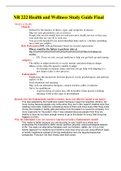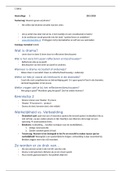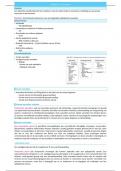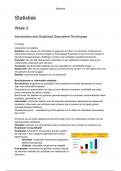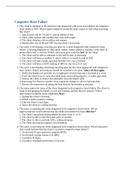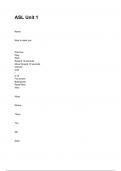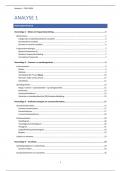Resume
Summary all lectures Integrated Biomedical sciences (AM_1281)
- Cours
- Établissement
This course ranges from epidemiology, science communication, science in society to the biologic aspects of the specializations immunology, infectious diseases and neuroscience. The course focuses on Lyme disease and measles. I passed the exam with an 8/10.
[Montrer plus]




